Turning the tide: How India’s SACHET system is reshaping disaster preparedness
 by Aarjan Dixit, Allina Tiwari, Anant Jayant Natu and Kuber Bakthan
by Aarjan Dixit, Allina Tiwari, Anant Jayant Natu and Kuber Bakthan Jul 24, 2025
Jul 24, 2025 5 min
5 min
The SACHET platform has revolutionized India’s public alerting capabilities. It enables fast, reliable, and scalable disaster alerts to be disseminated via mobile networks. SACHET offers a valuable model for other countries that seek to enhance their early warning systems.
On the dark monsoon night of 16th August 2018, several rivers in Kerala burst through embankments and reservoir gates, sending vast amounts of muddy water churning into low-lying villages. By dawn, at least 445 people were dead, nearly a million forced from their homes, and entire communities lay submerged under a churning, brown sea.
Critically, no sirens or SMS alerts warned residents of the rising waters. Although India had 275 flood-forecasting stations, none covered the specific rivers that flooded—a gap previously identified by experts. Post-flood reviews concluded that an end-to-end early warning system (EWS) could have provided the necessary warning for evacuation and mitigated this disaster.
The tragedy in Kerala tragedy highlights a global truth: Climate change has intensified extreme weather events, while their frequency has surged fivefold over the past 50 years. This has made EWS more critical than ever. These systems convert forecasts into clear, actionable alerts to give authorities and the public vital time to prepare and act.
The World Meteorological Organization (WMO) defines EWS as a coordinated framework that transforms hazard information into effective action through four interconnected pillars:
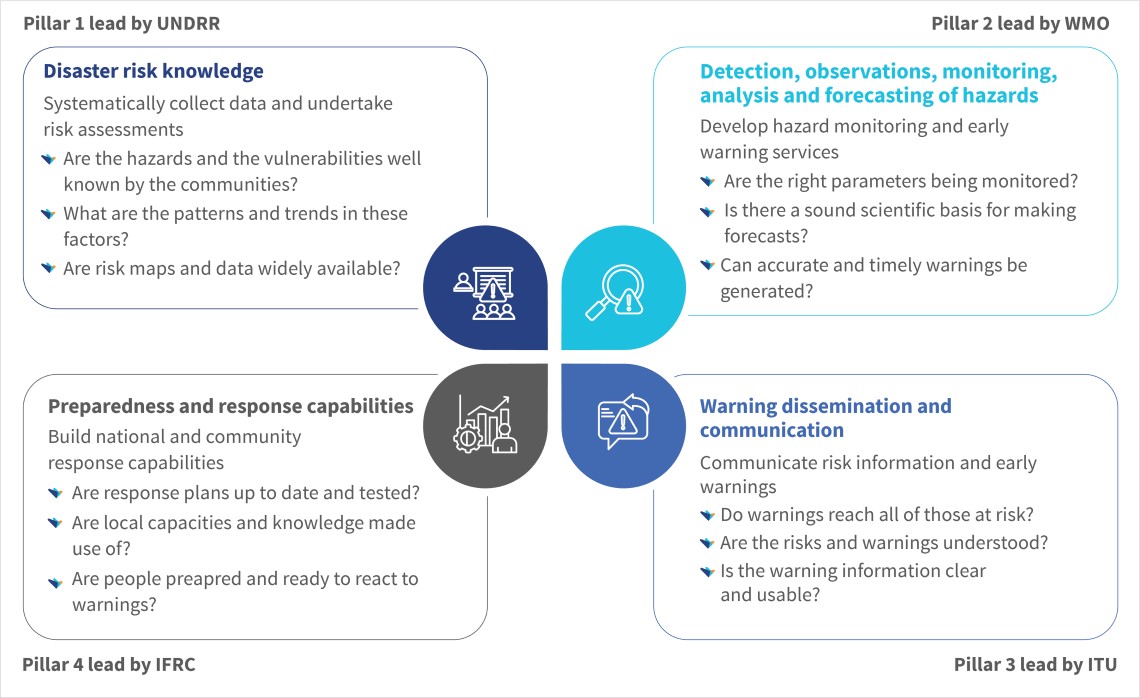
Studies show that effective EWS can achieve substantial results. It can avert USD 3 to 16 billion in annual economic losses, reduce disaster fatalities by eight times, and cut economic damages by 30% with just a 24-hour notice. Yet, half the world’s countries lack an adequate EWS. This leaves a third of the global population unprotected.
To combat this, the United Nations launched the Early Warnings for All initiative to achieve near-universal EWS coverage by 2027. Yet, the success of these systems hinges on careful design, strategic deployment, and operational efficiency. In this context, the , partnered with MSC to undertake a case study on India’s recently established public warning system, SACHET. It can serve as a valuable model for other countries that seek to enhance their public alerting capabilities.
India’s alerting challenges
Historically, warnings relied on slow channels, such as radio, TV, and newspapers. In India, these challenges were compounded by outdated SMS lists that missed travelers and migrant workers. Alerts often went to entire districts, creating alert fatigue, and were rarely in local languages. Furthermore, multiple agencies sent uncoordinated alerts manually, meaning citizens received too little warning, too late.
Today, mobile networks reach more than 95% of the global population, which makes phones vital to modern early warning systems. Countries have started to adopt location-based SMS and cell broadcast to send geofenced alerts in seconds. Following this trend, India too saw a need for a unified, mobile-first system to replace its legacy channels.
The entry of SACHET
The National Disaster Management Authority (NDMA) and the Centre for Development of Telematics (C-DOT) developed SACHET (“to be alert” in Hindi) to meet India’s disaster alerting needs. Launched nationwide in August 2021, it serves as the country’s first unified digital platform for issuing disaster warnings, also known as a public warning system.
At its core, SACHET uses the Common Alerting Protocol (CAP)—an open, XML-based standard that gives every warning a consistent structure, so alerts from different agencies can be shared, understood, processed, and disseminated immediately. Crucially, SACHET brings together two key groups of stakeholders on one secure platform—alert-generating agencies (AGAs) and alert-authorizing agencies (AAAs). The following infographic describes how they work:
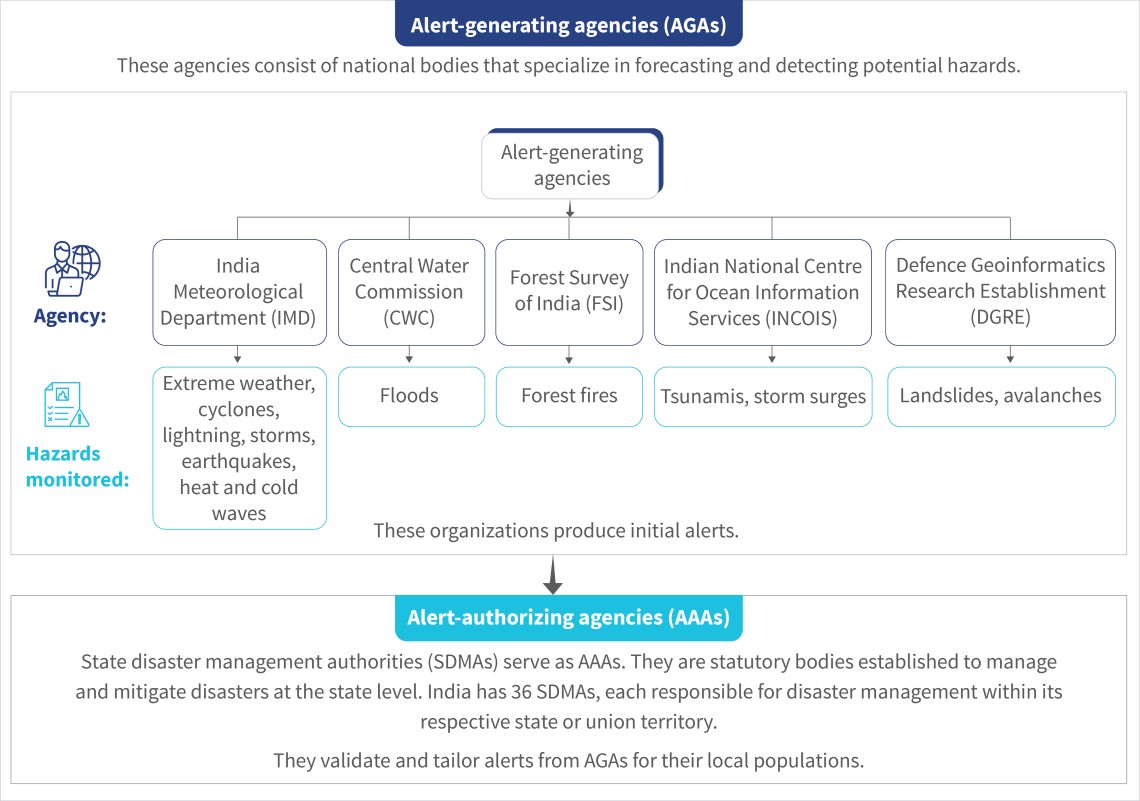
When an AGA triggers an alert, SACHET automatically routes it to the relevant SDMA or AAA. These officials then carefully review the message, translate it into local languages, and refine its content for clarity and effectiveness. They also use geographic information systems to define affected areas precisely by creating detailed “geofences” (see Figure 1 below). This meticulous approach ensures that warnings reach only those directly threatened and minimizes unnecessary panic and alert fatigue. The finalized warning is disseminated across all chosen media channels with a single click within a few minutes.

Figure 1: Example of a geotargeted flood alert SMS disseminated in the local language through SACHET
Mobile network operators form the backbone of SACHET. They enable the swift exchange of messages through India’s four largest operators: Airtel, Jio, Vodafone Idea, and BSNL. The system uses both location-based SMS (LB-SMS) and cell broadcast (CB) technologies to send quick, geotargeted messages to mobile phones. While they have different strengths and limitations, a system that intelligently combines both for the right context is most effective (See here for more on this).
Beyond mobile alerts, SACHET uses multiple communication channels, such as television crawls, radio broadcasts, railway station display boards, mobile apps, social media, browser RSS feeds, and satellite communication (See Figure 2 below). This comprehensive “many channels, one message” approach ensures universal coverage and guarantees that critical alerts reach everyone. It does not matter whether a person is online or offline, watching TV, or working in the fields. Some form of alert will reach them.
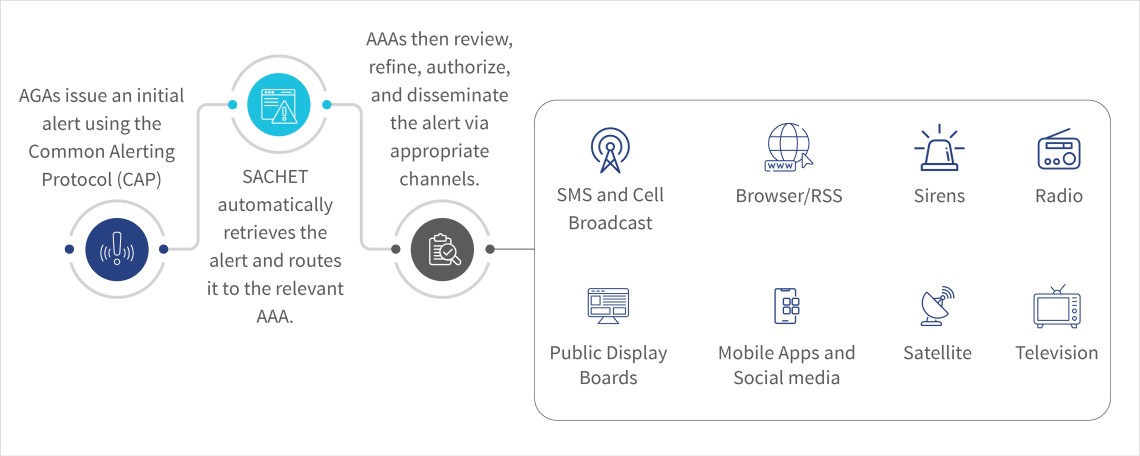
Figure 2: Overview of the alerting process and dissemination channels in SACHET
Since its launch, SACHET has issued more than 30,000 hazard-specific alerts through 44 billion LB-SMSs. Its streamlined workflows have helped deliver alerts in places without rapid channels and supported faster evacuations alongside more timely protective actions.
We have distilled six key considerations from our analysis of India’s SACHET public warning system to help countries design, deploy, and operate effective public warning platforms:
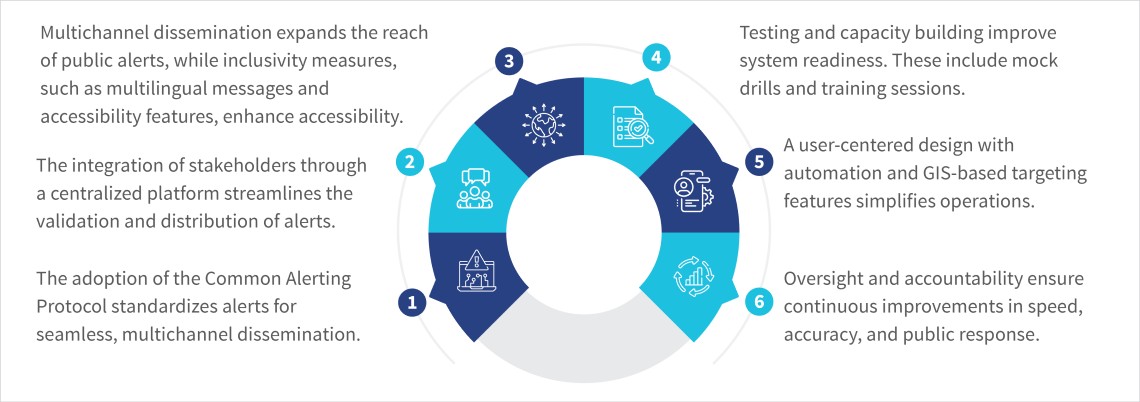
Beyond warnings: Triggering financial resilience
Timely alerts can save lives. However, they are not enough alone. Many vulnerable households struggle to take the necessary actions due to financial limitations. For example, a family cannot evacuate without money for transport, and a farmer cannot protect their livestock without cash in hand. True resilience means ensuring that people receive early warnings and have the financial means to respond effectively. Recent innovative financial mechanisms provide a means to bridge this critical gap:
1. Forecast-based financing (FbF): This refers to prearranged cash transfers that are automatically released when forecasts predict a hazard. It allows communities to prepare for the disaster, buy supplies, safeguard assets, or relocate before disaster hits.
2. Contingent lines of credit (CLOC): These refer to indexed loans that are made available to preapproved borrowers once disaster triggers, such as flood levels, are met. They offer fast relief without upfront costs.
3. Anticipatory loans: Similar to CLOCs, anticipatory loans are preapproved credit lines activated before a disaster, based on early warning forecasts. MSC will pilot this model with BURO Bangladesh and Atram.
Microfinance institutions are well-positioned to deliver these anticipatory loans at scale with their deep community networks and expanding digital capabilities. However, government support will be vital to make this ecosystem work. Governments can share accurate forecast data, offer partial credit guarantees to reduce lender risk, and enact favorable policies and regulations.
As climate threats intensify, countries must urgently modernize their EWS. SACHET provides a strong model for building an inclusive, tech-enabled public warning system. MSC seeks to pair these alerts with timely financial access, so vulnerable communities can act, adapt, and recover more quickly.
Read the complete report on the GSMA website for a deeper dive into India’s SACHET public warning system and the full set of insights and recommendations from our study.
Written by
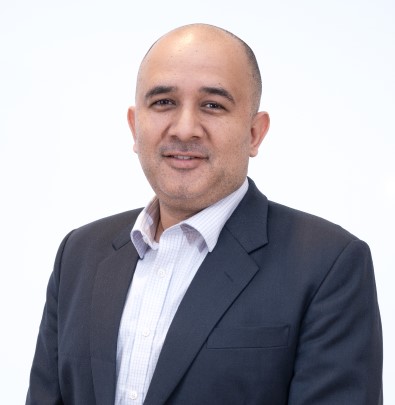
Aarjan Dixit
Senior Manager
Allina Tiwari
Associate
Anant Jayant Natu
Partner
Leave comments